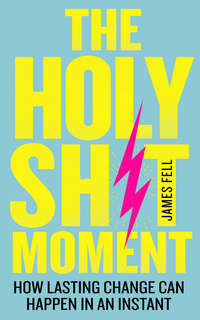The Holy Sh*t Moment: How lasting change can happen in an instant

Полная версия
The Holy Sh*t Moment: How lasting change can happen in an instant
Жанр: саморазвитие / личностный ростспорт / фитнесздоровьездоровое и правильное питаниемедицина и здоровьеспорт
Язык: Английский
Год издания: 2018
Добавлена:
Настройки чтения
Размер шрифта
Высота строк
Поля
Конец ознакомительного фрагмента
Купить и скачать всю книгу

